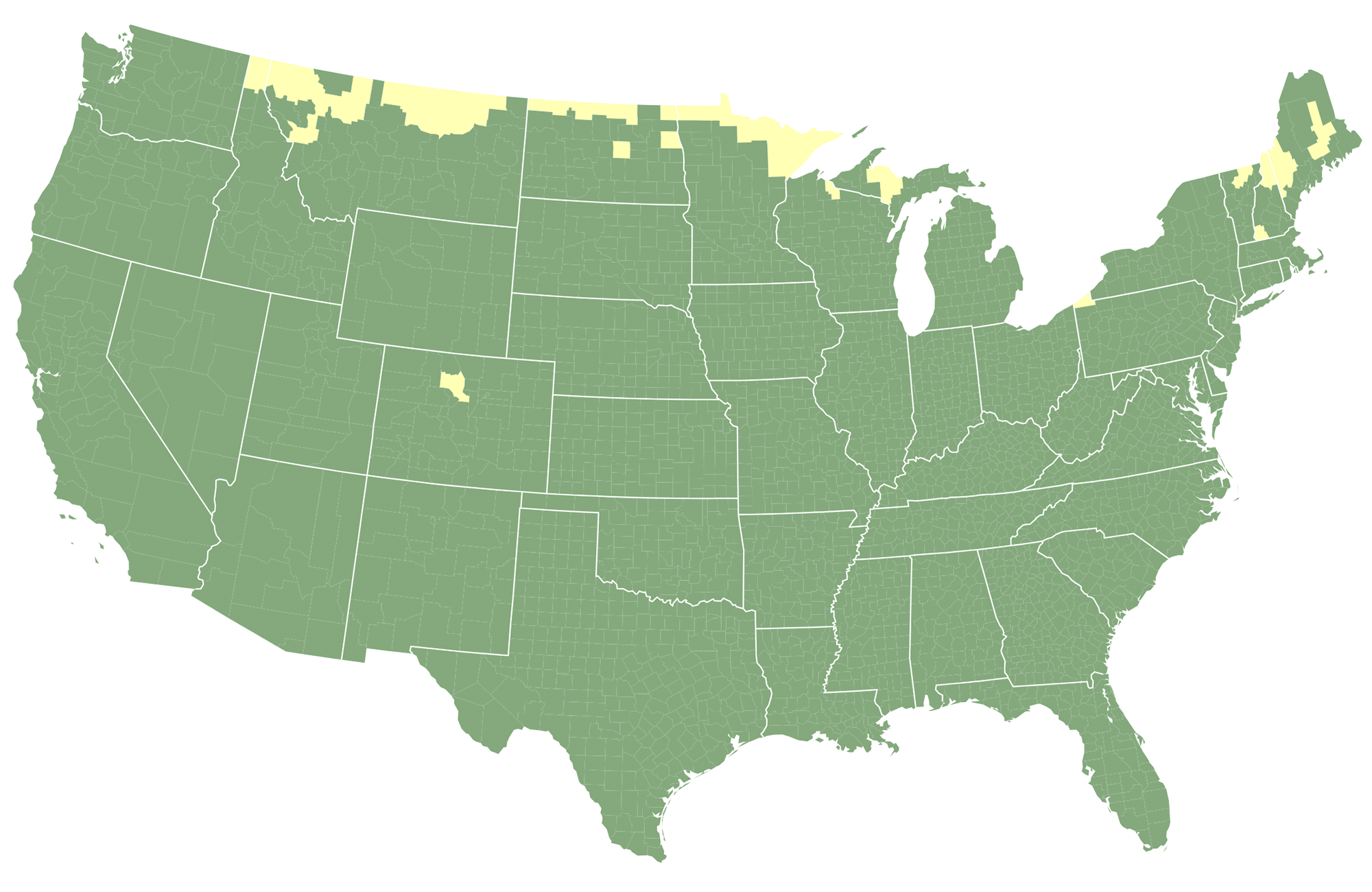This Map Lets You See When Magnificent Fall Foliage Will Peak in Your Area
Use the interactive tool’s week-by-week, county-by-county predictions to start planning your leaf-peeping trips across the United States

Mornings are crisp and cool, football is starting up again and pumpkin spice-flavored everything is back on store shelves—sure signs that autumn is on its way.
Soon, the leaves on deciduous trees will begin to lose their green luster and transform into a kaleidoscope of golden yellows, vivid oranges, bright reds and deep burgundies.
To help leaf-peepers make the most of this colorful season, the tourism site for the Smoky Mountain region has released its annual interactive fall foliage map that shows the progression of the changing leaves across the country.
The map offers a week-by-week, county-by-county look at the fall foliage season starting on September 2 and ending on November 18. It’s color-coded to show when and where the leaves are starting to turn—from light green (no change) to orange (partial) to red (peak).
Since it launched in 2013, the map has used historical temperature data, forecast temperatures and other inputs to predict peak fall foliage, according to the Washington Post’s Natalie B. Compton. In recent years, it’s also taken into account user-submitted photos and reports, per Travel + Leisure’s Stacey Leasca.
The map’s creators acknowledge that their predictions may not be perfect. Still, the tool is a good starting point for planning a hike, train ride or road trip to soak up the fall color. The Farmers’ Almanac also has a fall foliage map, and several states—including Minnesota and Wisconsin—release their own predictions.
This year’s fall foliage season is shaping up to be a promising one in many parts of the United States.
In Colorado, for instance, above-average precipitation and healthy aspen trees should produce a dazzling display of gold in the Rocky Mountains.
“I mapped almost no disturbance in aspen stands,” forestry expert Dan West, who is also an entomologist with the Colorado State Forest Service and Colorado State University, tells the Denver Post’s John Meyer. “When I say disturbance, I’m talking about insects and disease. Some years we have environmental conditions that are perfect for fungal issues on leaves. We didn’t have that develop this year.”
The New England region is also “primed for a big show,” writes Jim Salge, a foliage expert and former meteorologist, in Yankee magazine’s annual fall foliage forecast. The region’s trees had a “good growing season” with minimal impacts from drought or overwatering, according to Salge.
Salge predicts the best New England fall foliage will be in the Berkshires, the central Green Mountains, the White Mountains and western Maine. Later in the fall, eastern Massachusetts may also put on a “good show.”
“Colors should be bright, and trending toward a redder year if abundant sunshine allows,” he writes. “Colors should hang on longer than normal before fading and falling slowly.”
The Great Lakes and the Mississippi River Valley should also have “nice reds and oranges” this year, as Paul Pastelok, a long-range meteorologist, tells AccuWeather’s Brian Lada.
“Plan your trip ahead of time,” Paselok, who is also with Accuweather, adds. “Get to those places, because they fill up fast.”
The leaves on deciduous trees turn colors as the tree begins to prepare for winter. As temperatures get chillier and daylight hours become shorter each autumn, the chlorophyll in trees’ leaves begins to degrade. Chlorophyll gives leaves their green color, so its disappearance allows other previously hidden pigments, like carotenoids and anthocyanins, to take center stage.
Eventually, the leaves will drop to the ground and the trees will go dormant, which is how they protect themselves against winter’s harsh weather. In the meantime, however, humans get to reap the benefits of this transitional period.
“We’ve kind of built a culture of celebrating the beauty around us each fall,” Salge tells Boston.com’s Sanjana Mishra. “When people talk about leaf peeping, it’s more than just driving around and looking at trees—it’s building family traditions. It’s building a culture of enjoying the beautiful weather and beautiful colors we have.”
/https://tf-cmsv2-smithsonianmag-media.s3.amazonaws.com/accounts/headshot/SarahKuta.png)
/https://tf-cmsv2-smithsonianmag-media.s3.amazonaws.com/accounts/headshot/SarahKuta.png)